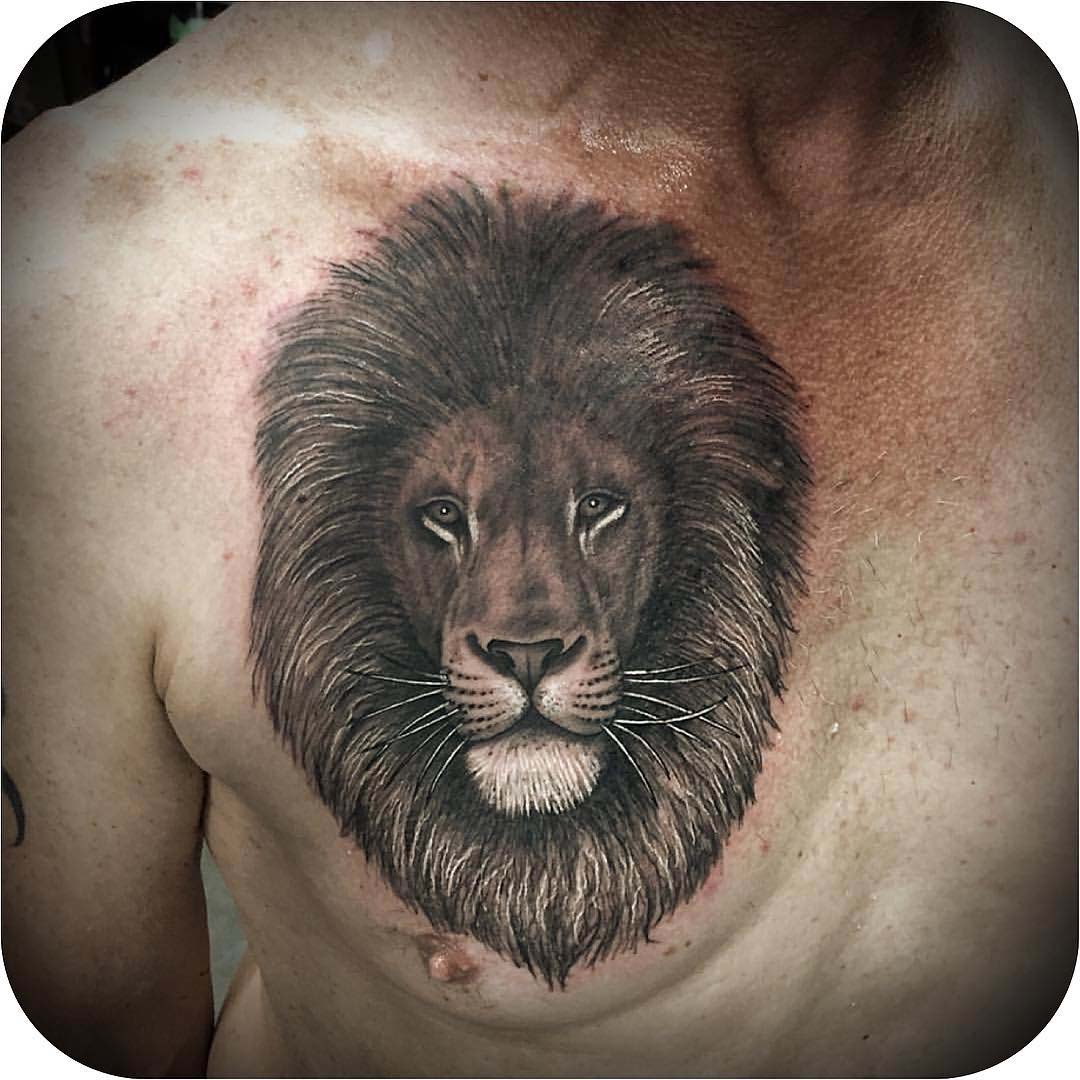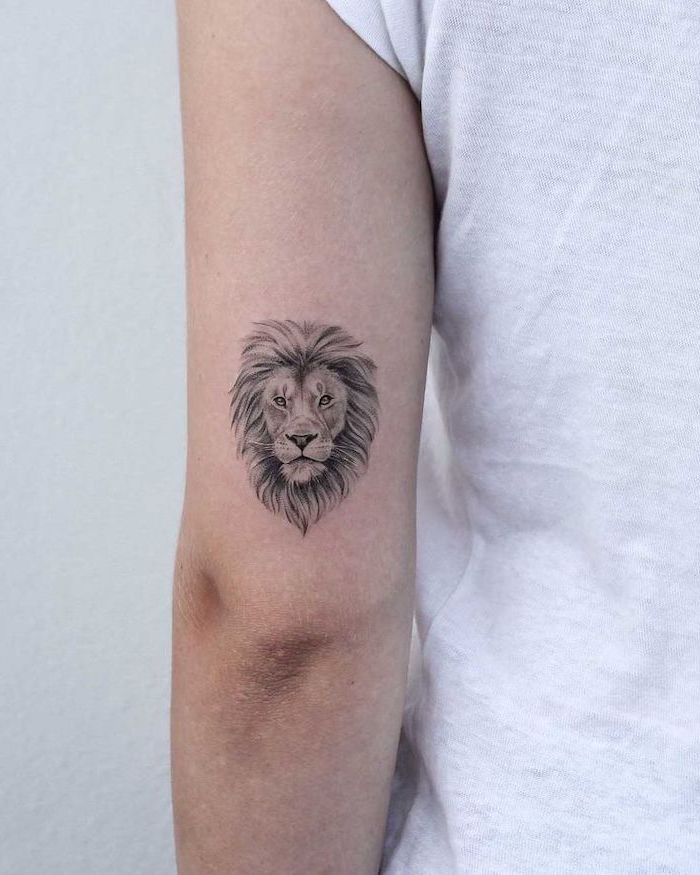
Introduction
Lion head tattoos have gained immense popularity in recent years. Symbolizing strength, courage, and leadership, these tattoos are a powerful representation of the majestic king of the jungle. Whether you are looking for a bold and fierce design or a more intricate and detailed artwork, lion head tattoos offer a wide range of options to suit your personal style and preferences.
Historical Significance

Lions have long been revered in various cultures and civilizations throughout history. In ancient Egypt, lions were associated with the sun god Ra and were considered protectors of the pharaohs. In Greek mythology, the lion was a symbol of power and strength, often depicted as the companion of gods and heroes. These historical connections have contributed to the lion's significance in tattoo art.
Symbolism of Lion Head Tattoos

Lion head tattoos hold deep symbolism and meaning. They represent courage, bravery, and fearlessness, making them popular choices among individuals seeking to showcase their inner strength. Lions are also associated with royalty and leadership, making these tattoos a favorite among those who aspire to be leaders.
Design Variations

There are numerous design variations when it comes to lion head tattoos. Some opt for realistic and detailed portraits, capturing the lion's majestic features and expressions. Others choose a more abstract or artistic approach, incorporating geometric shapes or watercolor techniques. Tribal lion head tattoos are also popular, showcasing intricate patterns and bold lines.
Placement Options

Lion head tattoos can be placed on various parts of the body, depending on personal preference and the desired impact. The upper arm, shoulder, and chest are popular choices for larger, more intricate designs, while smaller lion head tattoos can be placed on the forearm, wrist, or ankle. Some individuals even choose to have a lion head tattooed on their back for a more dramatic effect.
Meaningful Combinations

Lion head tattoos can be combined with other elements to enhance their symbolism and create a more personalized design. Many individuals choose to incorporate additional animals or symbols that hold personal meaning, such as roses for beauty or wings for freedom. These combinations allow for a unique and meaningful tattoo that reflects an individual's values and aspirations.
Cultural Influences

Lion head tattoos have been influenced by various cultures and art styles. African tribal tattoos often feature lions as powerful symbols of strength and protection. Japanese tattoo art, known as irezumi, incorporates lions as part of larger, intricate designs. These cultural influences add depth and diversity to lion head tattoos, providing a rich tapestry of styles to choose from.
Celebrity Inspiration

Celebrities have also played a significant role in popularizing lion head tattoos. Many well-known personalities, such as Dwayne "The Rock" Johnson, have embraced lion tattoos as a representation of their strength and determination. Seeing these tattoos on influential figures has further contributed to their rise in popularity among tattoo enthusiasts worldwide.
Caring for Lion Head Tattoos

Proper aftercare is crucial to maintain the beauty and longevity of your lion head tattoo. Follow your tattoo artist's instructions regarding cleaning, moisturizing, and protecting the tattooed area. Avoid exposing the tattoo to direct sunlight, excessive moisture, or abrasive fabrics during the healing process. With proper care, your lion head tattoo will continue to captivate and inspire for years to come.
Conclusion
Lion head tattoos are a captivating choice for those seeking a meaningful and visually striking tattoo. Their symbolism, historical significance, and versatility in design make them a popular option among tattoo enthusiasts worldwide. Whether you are drawn to the lion's strength, leadership qualities, or simply admire its majestic beauty, a lion head tattoo is sure to make a powerful statement. Embrace the lion's spirit and let it guide you towards your own path of courage and fearlessness.